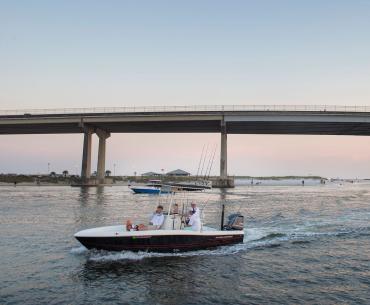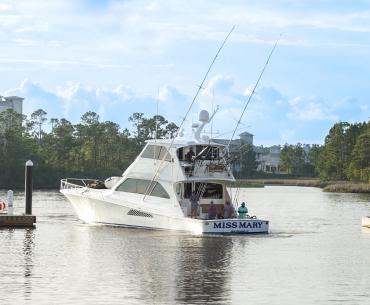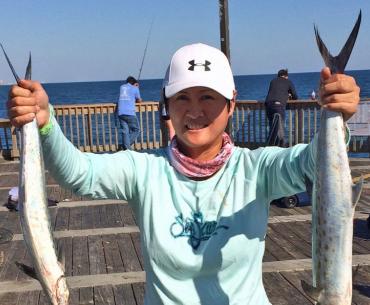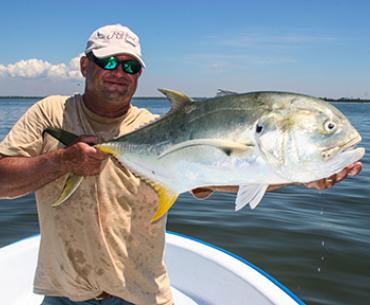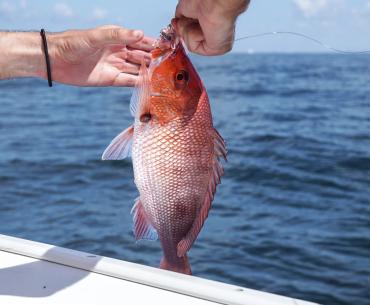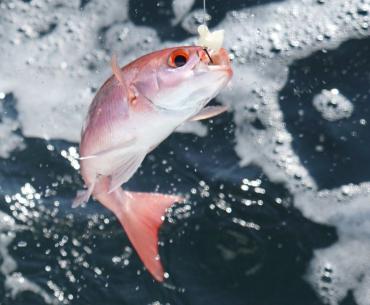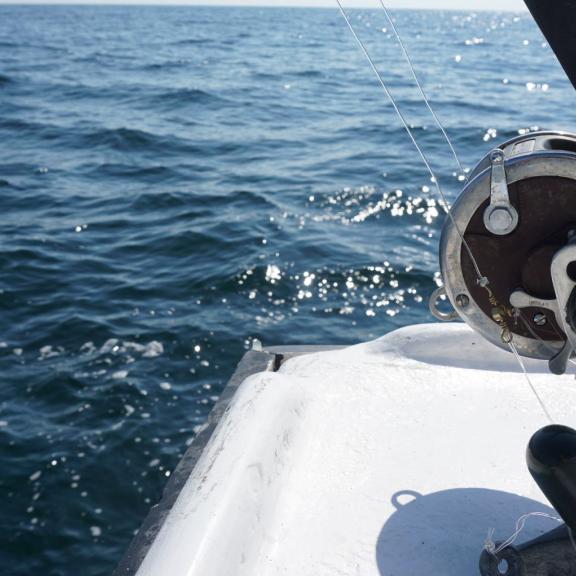
If I had to choose my favorite saltwater fish to eat, it would be tough to pick just one, but tripletail might be the winner. Summer is a great time to catch this species that got its name because its dorsal and anal fins extend so forward that it appears the tasty fish has three tails.
Targeting Tripletail Along Alabama's Beaches
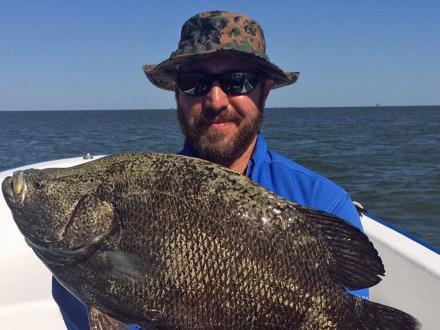
Tripletail Size
Tripletail Size
Most tripletail range from 8-10 pounds, but they can go into the 30s. Anything larger than 20 pounds is considered a trophy fish. The Alabama state record is 37.5 pounds, which was set in 1976 and may never be broken.
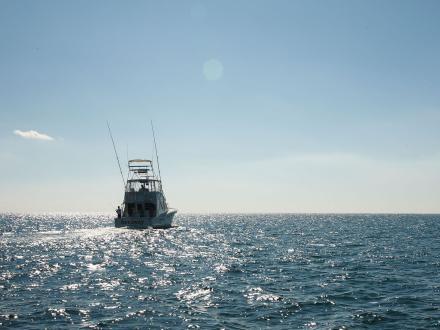
Finding Tripletail
Finding Tripletail
Most trips that target tripletails involve quite a bit of traveling from spot to spot, searching for the fish, which will hang in the shade of whatever structure it can find. One thing about tripletail is that you might find them in the bays and nearshore waters or far out in the Gulf.
During the cooler months, tripletail can be found offshore, usually around mats of sargassum grass, where the baitfish they forage on are located. When the grass drifts to the shore, the blackfish follow and find the nearest shade.
Usually, the best time to find tripletail on the surface is at the peak high or low tide. If the current slacks off, the fish will come to the surface. A hard current will cause the fish to move lower in the water column to find calmer water. While the limit is three fish, anglers targeting tripletails are happy to put one fish in the boat, and a nice-sized one will feed numerous people.
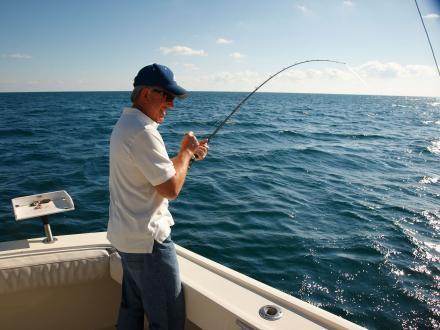
Best Bait & Tackle for Tripletail
Best Bait & Tackle for Tripletail
Live shrimp, the larger, the better, under a slip cork is the traditional method to catch blackfish. If you run into a finicky blackfish that refuses to eat, leave and return later in the day to see if he’s more willing to bite. If you can’t find live shrimp, opt for live and cut menhaden (pogies), finger mullet, and croakers. Alabama allows anglers to keep three blackfish with a minimum of 18 inches total length.
Sometimes, you’ll encounter an angler using legacy tackle – a Calcutta pole, a large cane pole rigged with a heavy line. They swing the live shrimp in front of the tripletail and hang on. Because tripletails have bony jaws, don’t wimp out on the hookset. Strike hard and reel the fish away from the structure.
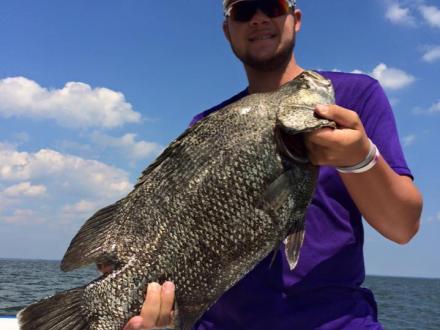
How to Catch Tripletail
How to Catch Tripletail
One of the keys to catching tripletail, aka blackfish, is stealth. Your best shot at catching one is spotting one hanging around a crab float, buoy, or channel marker. Approach it carefully, making the least amount of noise possible. If you accidentally bang the side of the boat, you might as well move on to the next fish. If it isn’t spooked, you want to cast the bait beyond the fish and let the tide swing the bait near the fish. If the fish is hungry, and that’s not always the case, it will grab the natural bait. Then, the fight is on.
Because of those faux triple tails, they can generate incredible power when they are trying to get away, so ensure your tackle is in top shape. Don’t skimp on the fishing tackle. A medium-heavy rod with a minimum of 20-pound test line is recommended. If encountering larger fish, switch to a rig with a 30-pound test line.
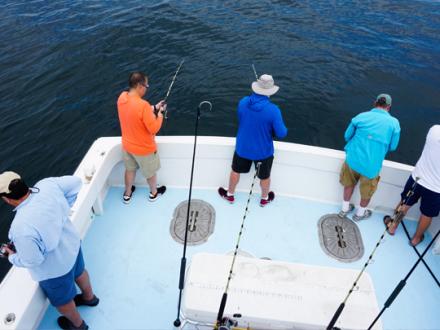
Cooking Tripletail
Cooking Tripletail
As I said, tripletail is one of the best-eating fish around and one of the most versatile. You can prepare it in any way possible, and it will be delicious. You can fry the filets sauté with Greek seasoning and capers or with a mushroom reduction. I’ve never had a tripletail fillet I didn’t love.
Plan a trip soon to look for a tripletail around a buoy or crab trap while angling on Alabama’s Beaches.
